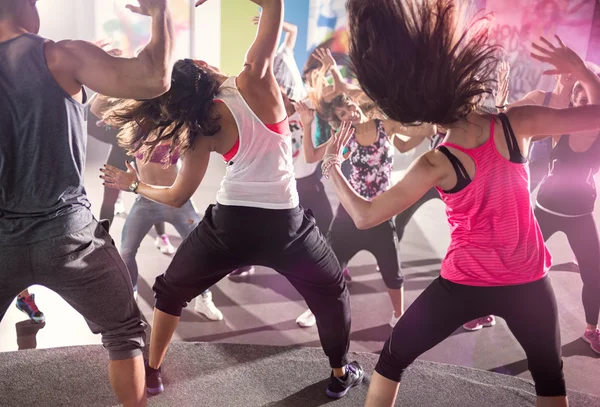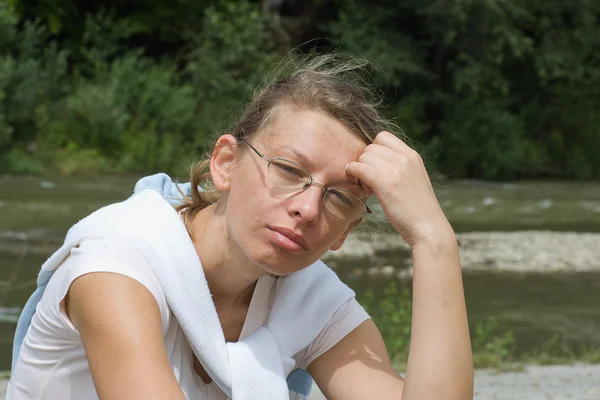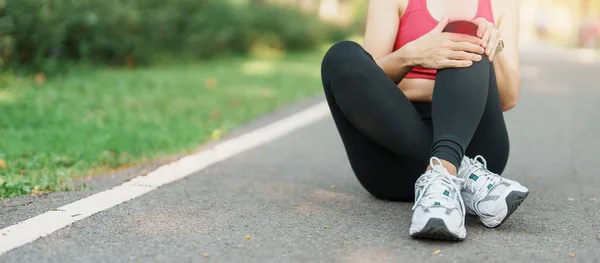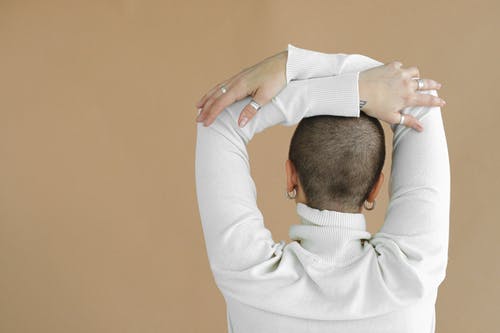Picture this: You are a woman heading into your mid-40’s and 50s, lacing up for your morning run. You feel strong, pushing past old limits in order to stay fit.
However, as you start to get into the groove, there is just a sharp knee twinge which hits, turning your routine into weeks of frustration. Many women over 50 face this. They work out to fight muscle loss and weakening bones as they age, yet, injuries heal slower due to hormone shifts like dropping estrogen levels.
This slow-down now affects tissue repair and joint health. It makes recovery from workout injuries trickier for aging women. Here’s what!!! You can get back on track. Additionally you have to remain mindful of your body and what it can handle. Being aware can enable you to help cut any downtime and also to avoid repeat hurts and injuries, while building a lasting strength.
As we age, it is also recommended that you check with your medical professional, since the drop in estrogen slows healing and you still need to recover smartly as well. It is not just about being tough.
Understanding Workout Injuries in Aging Women
Injuries pop up more often as we hit our middle ages and beyond. As women, our bodies change, making workouts riskier if we ignore the signs. Yet, staying active keeps you vital. Think of recovery as rebuilding a house after a storm.
Making solid steps now, will prevent bigger damage later.
Common Types of Workout Injuries for Women Over 50
- Shoulder strains, hit hard from yoga poses or weight lifts.

- Knee issues, like ACL tears, sneak in during quick turns in cardio classes. The Anterior Cruciate Ligament (ACL) is one of those bands of tissue, which help to connect the bone in our thigh to the shinbone. As in cardio classes – we may stop suddenly or change direction rapidly, or even jump and in the process tear or sprain the ACL. Some persons mention a hearing a pop or feel a popping sensation, followed by knee swelling, or becoming unstable or too painful to bear your body weight.
- Stress fractures in feet or hips can come from pounding runs on hard ground surfaces. Stress fractures are tiny cracks in the bone. This can also be painful, and can be caused by overuse or repetitive stress, or even sudden overuse. Maybe from a dance class or some heavy movement which we currently enjoy.
- Menopause speeds up bone loss, raising osteoporosis odds. Estrogen is critical in ensuring bone strength, and as menopause happens, this hormone is reduced and leads to a reduction in bone density. Generally women lose a major percentage of their bone density within those first five years after menopause. The most loss is seen around that final menstrual period.
- Joints wear down too, from years of use, remember we aren’t getting any younger.
You face higher risks if you skip warm-ups. Low estrogen weakens ligaments. Get a DEXA scan to check bone health. Track your risks by noting family history or past aches. This helps spot trouble early.
The Science of Slower Recovery with Age

Hormones shift after menopause. Estrogen falls, cutting collagen that mends tissues. Inflammation lingers longer without good control. Studies show women over 50 heal 20-30% slower than in their 30s.
Muscles repair less efficiently too.
Blood flow drops, delaying nutrients to hurt spots, but – you can fight back. Eat foods rich in vitamin C, like oranges or berries. They boost collagen right from day one. Add them to meals for quicker mending. Be minded that Vitamin C is a water soluable nutrient, which means that you will have to take it quite regularly.
When to Seek Professional Help
Swelling that won’t quit or pain sticking around past a week? See a doctor fast.
Sharp pains during rest or odd numbness mean it’s serious. The American College of Sports Medicine says minor pulls fade in days. But tears or breaks need pros. Don’t wait if you can’t bear weight on a limb.
Build a team with a physical therapist who knows women’s health. They offer custom checks and plans. This keeps small issues from growing big.






